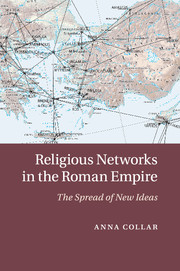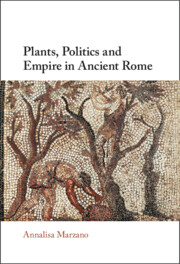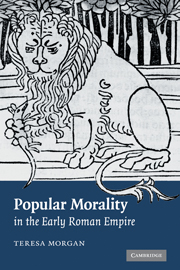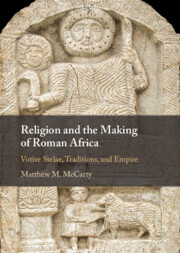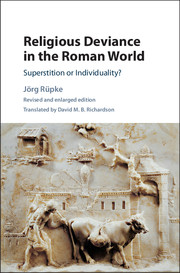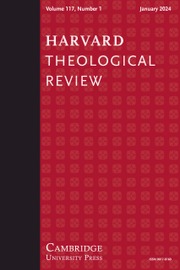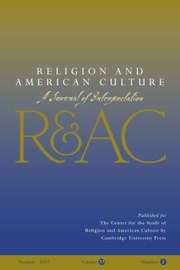Religious Networks in the Roman Empire
The first three centuries AD saw the spread of new religious ideas through the Roman Empire, crossing a vast and diverse geographical, social and cultural space. In this innovative study, Anna Collar explores both how this happened and why. Drawing on research in the sociology and anthropology of religion, physics and computer science, Collar explores the relationship between social networks and religious transmission to explore why some religious movements succeed, while others, seemingly equally successful at a certain time, ultimately fail. Using extensive epigraphic data, Collar provides new interpretations of the diffusion of ideas across the social networks of the Jewish Diaspora and the cults of Jupiter Dolichenus and Theos Hypsistos, and in turn offers important reappraisals of the spread of religious innovations in the Roman Empire. This study will be a valuable resource for students and scholars of ancient history, archaeology, ancient religion and network theory.
- Explores and applies cutting-edge network methodology to ancient data to provide new interpretations of religious movements in the Roman Empire
- Highlights both the strengths and limitations of network approaches
- Uses extensive epigraphic material to provide new interpretations of the Jewish Diaspora and the cults of Jupiter Dolichenus and Theos Hypsistos
Product details
No date availablePaperback
9781107655041
334 pages
230 × 153 × 18 mm
0.5kg
4 b/w illus. 21 maps
Table of Contents
- Introduction
- 1. The network approach
- 2. Networks and religion in the Roman world
- 3. Jupiter Dolichenus: military networks on the edges of empire
- 4. The Jewish Diaspora in the West: the rabbinic reforms, ethnicity and the (re?)activation of Jewish identity
- 5. Theos Hypsistos: God-fearers, the rabbinic reforms, the fiscus Judaicus and the redefinition of the Jewish-gentile relationship
- 6. Religion and social networks in archaeology and ancient history: conclusions.

